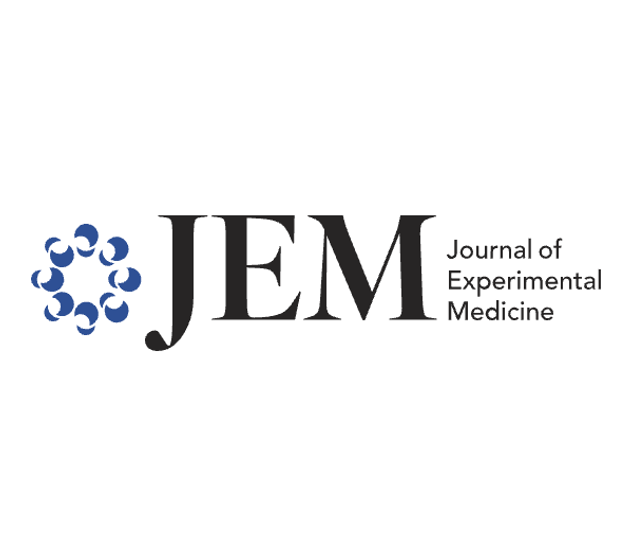- Jun Young Hong

- 2022년 8월 27일

주기적으로 학계에서 나오는 뉴스 중 한 가지는 ‘표절’과 ‘조작’에 관한 것이다. 이런 윤리적 이슈는 그 동안 한 사람이 학계에서 쌓아올린 명성을 한 순간에 무너뜨릴 만큼 치명적인 것이다. 그럼에도 이러한 일들이 반복적으로 발생하는 것은 단순히 한 개인 혹은 집단의 윤리의식이 약하기 때문만은 아니다. 의사 소통과 의사 결정 과정의 구조적인 문제에 기인하는 경우도 많다.
영어에 보면 devil’s advocate 라는 표현이 있다. 이 단어는-아마 현재도 있는 직책일텐데-카톨릭에서 어떤 사람에 대한 시복/시성을 심의할 때, 일부러 반대편에 서서 비판자의 역할을 하는 사람을 부를 때 사용했다고 한다. 그리고 이 의미가 확장되어, 어떤 논의에 있어서 의도적으로 반대편의 자리에 서서 철저하게 비판적인 입장을 취하는 사람에 대해서도 사용된다. 서양의 문화에서는 Discussion 과정에서의 비판과 개인에 대한 공격을 별개로 생각하는 경향이 많아서, 이런 신랄한 비판을 하는 사람들을 종종 찾아볼 수 있다. 미국에서 보았던 장면 중, 정말 신기했던 것은, 이렇게 과열되게 논쟁을 주고 받던 두 사람이 발표가 끝난 후에는 사이좋게 밥을 먹으며 이야기 하는 모습이었다 (물론 그렇지 않은 경우도 많았지만). 어쨌든 서양의 문화에서는 누군가를 지정하지 않더라도 비판을 하는 사람이 있고, 또 만약 누군가 devil’s advocate의 역할을 맡게 되면 충실히 그 역할을 하고 비판을 받는 사람도 이를 개인적으로 받아들이거나 감정적으로 받아들이는 비율이 더 적다.
그런데, 한국과 같은 동양의 문화는-아마도 유교적 영향으로-체면을 중요하게 생각하기에, 비판에 대해 개인적으로 받아들이거나 감정적으로 받아들이게 되는 경우가 훨씬 많은 것 같다. 그래서 문제가 있어도 못본척 하거나, 자신의 일이 아닌 이상 굳이 깊이 관여하고 싶어하지 않는다. 이것 자체가 나쁘다고 할 수는 없다. 그런데, 이것이 구조화될 때 문제가 되며, 자정 능력의 상실로 연결될 수 있다.
특별히 한 랩에서 일어나는 문제들은 대개 누군가는 알게 마련인데, 리더가 정말 나쁜 의도가 없었는데도 표절과 조작의 문제들이 발생한다면 이는 아무도 devil’s advocate의 역할을 하지 않았기 때문에 발생한 문제일 수 있다. 즉, 문제가 있는 것을 아는 몇몇 사람들이 자신의 일도 아니고 다른 사람의 감정을 상하게 할 수 있으므로 침묵하는 것이 구조화된 것이다. 그런 비판적 이야기를 할 수 없는 의사 소통의 구조가 만들어지게 되면, 사실 말을 꺼내는 것 자체가 굉장히 부담스러운 일이 된다. 이렇게 되면 초반에 쉽게 해결할 수 있는 작은 문제가 나중에는 호미로 막을 것을 가래로도 못막게 됨으로, 돌이킬 수 없는 치명적 결과가 초래되는 것이다.
특별히 과학의 영역은 자신과 자신의 가설을 detach 시켜 객관화 시켜 검증할 것을 요구한다. 그런데 많은 경우 자기 객관화는 굉장히 어렵다. 그래서 동료들이 필요하다. 멀리 갈 것 없이 랩안에서 건설적 비판의 질문이 오갈 수 있어야 한다. 그렇게 동료들을 통해 나와 다른 비판적인 관점에 대해 들어야 한다. 그래야 더 확실하고 더 완전하고 더 깊은 연구가 가능하다. 그래야 표절과 조작의 유혹에서 벗어날 수 있다.
그런데 디스커션과 비평에 익숙하지 않은 우리가 이런 것을 하려면 연습이 필요하고 시간이 필요한 것 같다. 먼저는 제 3자의 연구에 대해서 비판적으로 보는 연습이 필요하겠고, 그리고 연구의 완성도가 어느정도 올라갔을 때, 누군가에게 devil’s advocate를 해달라고 이야기하고 내 연구에 대한 비평을 받을 수도 있다. 그리고 개인적 성향으로 내게는 쉽지 않은 일이지만 PI가 어느정도 악역을 해야함을 느낀다. 인격적으로 까탈스럽다는 평을 듣는 교수님들의 랩에서 오히려 뛰어난 사람들이 만들어지는 이유도 어쩌면 같은 이유일지도 모른다.


